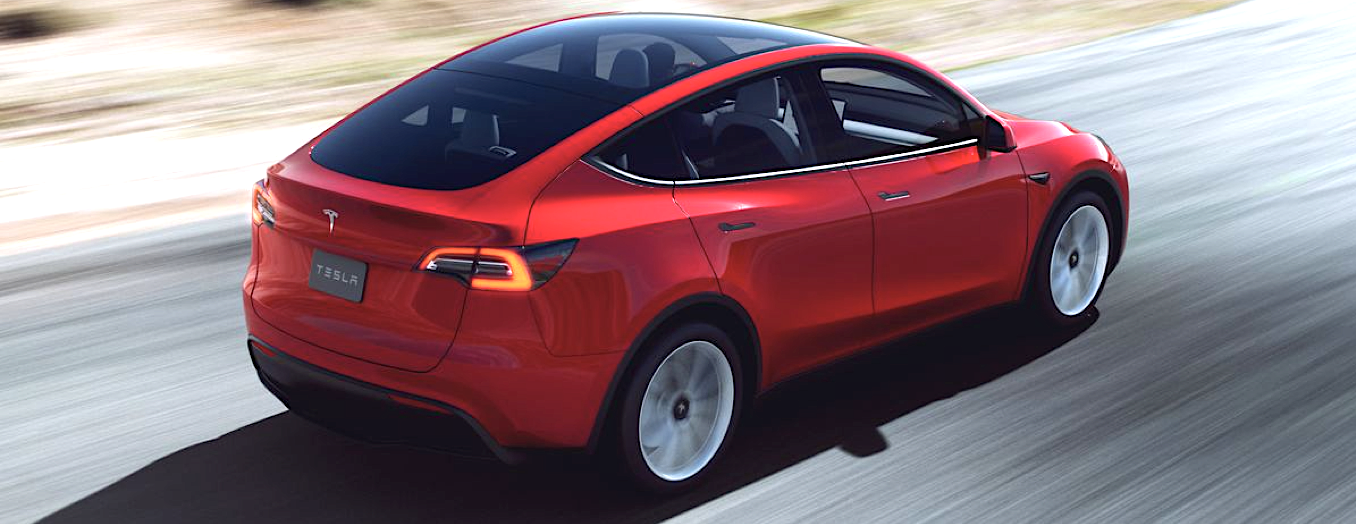After missing delivery expectations by 4% earlier this month, Tesla reported a miss on September revenue expectations by 2%. Two negative points from a company that has made a habit of exceeding expectations over the past 2.5 years. TSLA shares have understandably reacted—down around 6% in after-hours trading—which begs the question: Are we entering a new era of investors rethinking Tesla’s valuation?
The simple answer is yes. I believe that we will see more concern around Tesla’s valuation over the course of 3-6 months. Investors may shift from giving benefit of the doubt to taking a wait-and-see approach around the prospect of 50% compound growth and expanding margins. In the end, September will prove to be a bump in the road. December and March sales, along with auto gross margin results, will reassure investors that Tesla is on track toward its long-term goals.
Here’s what I learned about the near term:
Average selling price declined 4% sequentially compared to expectations of a small increase. The reason for this is that sales in China were stronger than expected and those units sell for less. At the same time, the key automotive gross margin ex-EV credits came in at 26.8% versus the Street at 27.5% and 26.2% in June. This was due to a combination of a higher mix of lower ASP China sales and higher input costs.
I also learned that investors are growing more skeptical of Elon’s bullish commentary. On the call, he mentioned an outcome where Tesla’s valuation could exceed that of Apple and Saudi Aramco’s combined $4.3B market cap. He said Q4 will be “epic” and emphasized that the company will have excellent demand in December. He predicted that, by end of year, FSD will be available in the US and implied there’s a 100% chance that Optimus will be successful. Shares of TSLA went up on his commentary then fell even lower. This is evidence of a wait-and-see investing community.
Here’s what I learned about the long-term:
Almost nothing. I view the misses on revenue, deliveries, and gross margin as fractional, and understandable, given the broader supply environment. In the past three months, I didn’t see a competitor gain traction with notable sales or with a new factory that is comparable to Tesla. I didn’t see traditional OEMs advance autonomy at the pace Tesla is moving forward. One thing I’ve learned about Tesla’s competition is that Rivian is in a better position than I realized and is likely to be a long-term winner along with Tesla. I also learned that Elon is likely to buy Twitter and I predict that most of his time related to Twitter will be tweeting.
The big picture is unchanged: The market for EVs is massive. About 5% of car sales today are EVs and that’s rising to 100% in the next twenty years. Traditional car makers are still in trouble as they try to retrofit EV production atop legacy gas vehicle production. Tesla still offers the best value in an EV and no other car maker has optionality around storage, solar, and robotics.
Putting it together, I believe September will prove to be just a bump in the road for Tesla. That’s the same language I used back in 2018 to describe the company’s struggle in ramping Model 3 production. And, while I don’t expect a vertical lift in TSLA shares reminiscent of 2020, I do expect the company’s value to increase in the years to come as they maintain leadership toward these undeniable trends.
